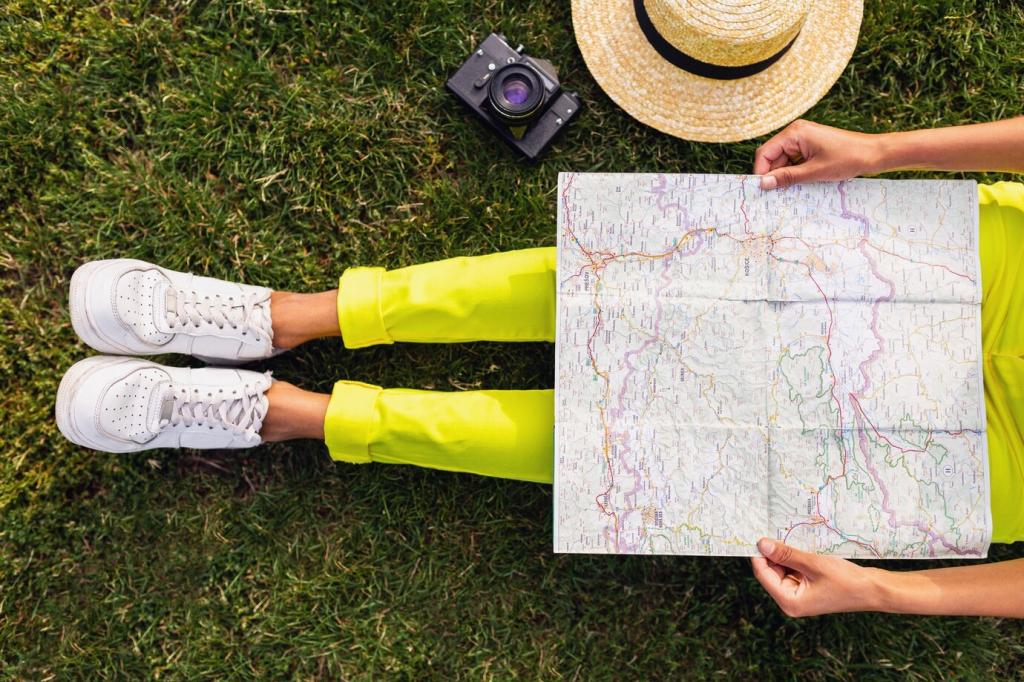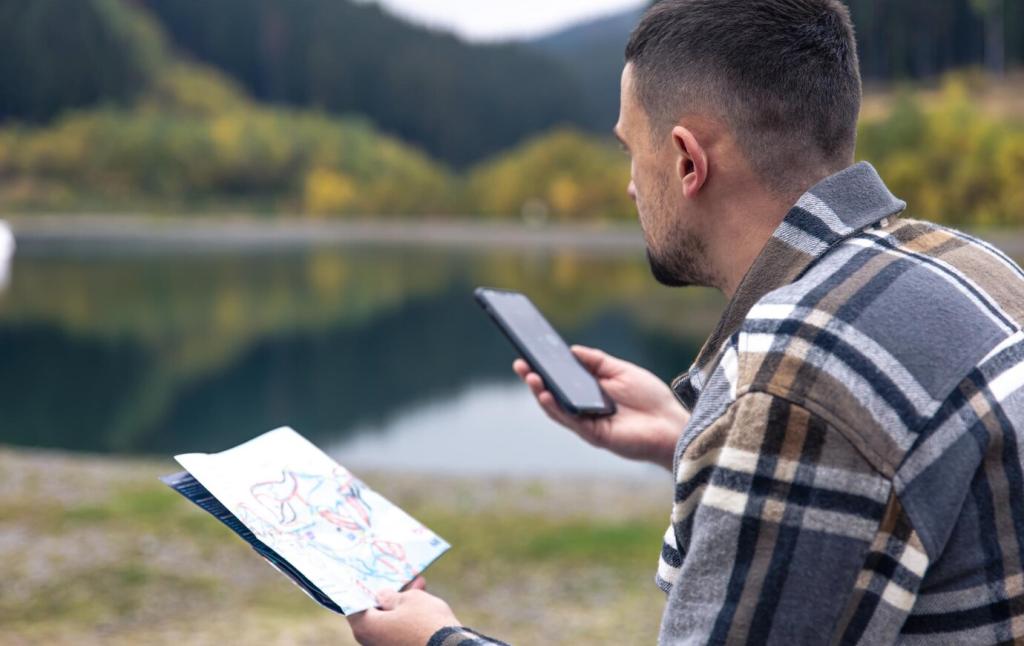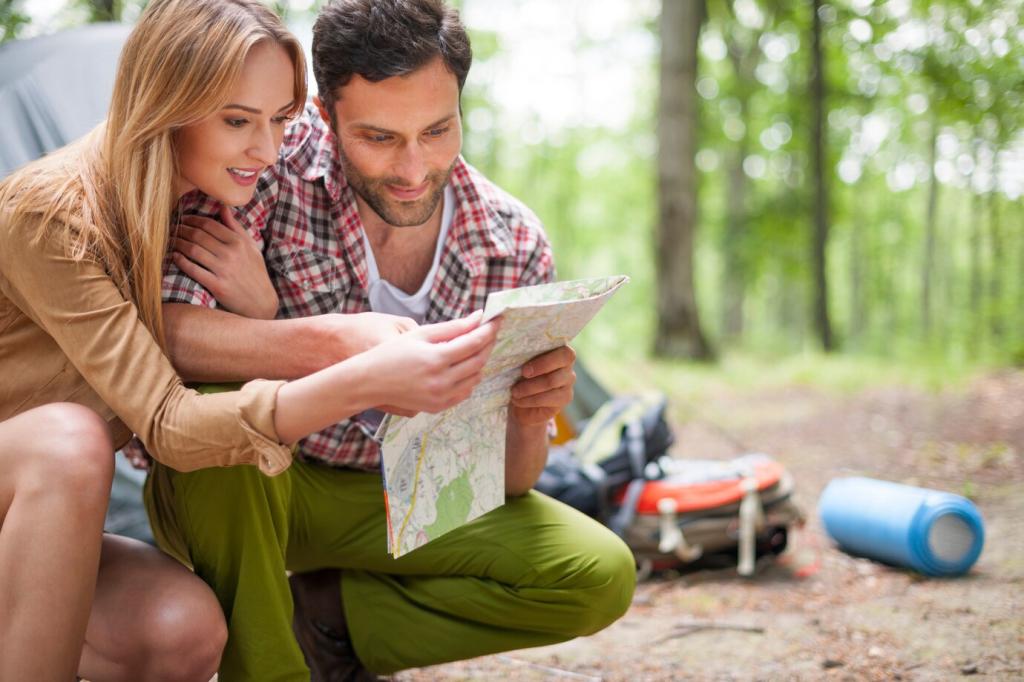Footwear, Traction, and Foot Care
Match footwear to terrain, load, and personal preference. Trail runners breathe and feel nimble; mid boots support on talus and snow patches. Fit beats brand—try shoes in the afternoon and with hiking socks. Break them in before big days. What’s your terrain and shoe combo? Add your lessons below.
Footwear, Traction, and Foot Care
Trekking poles, microspikes, and gaiters transform sketchy sections into confident steps. A frosty morning once turned a mellow descent into ice marbles—spikes made it routine. Poles help with creek crossings and descents. Which traction tool earned a permanent spot in your kit? Post a photo of your setup.





